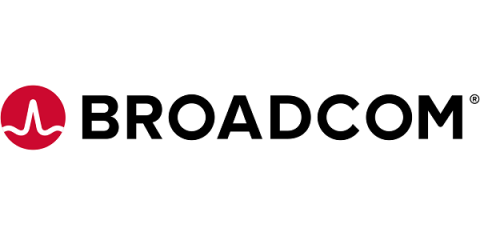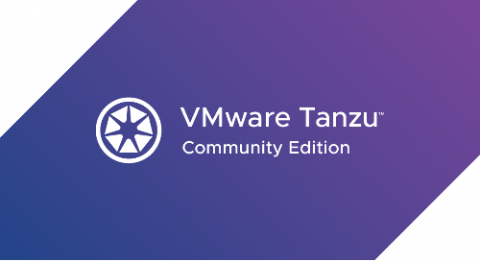Operations | Monitoring | ITSM | DevOps | Cloud
Latest News
Running regular security scans with scheduled pipelines
Security is a vital part of application development, yet it may be neglected until an attacker takes advantage of a vulnerability in the system. The consequences of a security breach can damage an application’s integrity as well as a company’s reputation and revenue. Software architects and engineers need to pay special attention to securing the systems they work on.
Azure Service Bus Logging with BAM - Walk-through
What Is a Distributed System?
Argo CD 101 and Setup for Shipa
There is a lot of the art of the possible between the GitOps Engine, Argo CD, and the Application-as-Code platform, Shipa. In a recent blog post, we outlined the power of a one-line developer experience. Though if you are unfamiliar with ArgoCD, here is a guide to get you started with Argo CD and leveraging Shipa for your first deployment.
Continuous Service Virtualization, Part 2: Steps for Optimizing DevOps
In my prior blog, Continuous Service Virtualization, Part 1: Introduction and Best Practices, we offered an introduction to continuous service virtualization (SV) and discussed some key best practices. In this, the second and final post in the series, we will discuss the continuous SV lifecycle and how it helps to optimize DevOps and the continuous integration/continuous delivery (CI/CD) pipeline.
Continuous Service Virtualization, Part 1: Introduction and Best Practices
Service virtualization (SV) has evolved as a popular technique and technology over the last decade. Traditionally, SV has primarily been used by testers to simulate other application components that the application under test interacts with. Typically, virtual services have been created and maintained by center of excellence (COE) teams.
19 Questions To Ask Your Cloud Cost Management Vendor
Not all cloud cost management tools are equal. Whether you’re in the process of evaluating cloud cost management vendors or already have a tool in place, here are 19 questions you should ask to ensure you have all the capabilities needed to maximize performance and minimize cost of your hybrid cloud deployment across the following.
Kpack Now Included in VMware Tanzu Community Edition
Kpack, a Kubernetes-native container build platform, is a powerful tool that helps DevSecOps teams build and update containers automatically. It is already a core component of VMware’s commercial container build offering, VMware Tanzu Build Service. And today, the kpack technology you know and love has been added as the default container build solution in VMware Tanzu Community Edition, the freely available, open source distribution of the Kubernetes-based Tanzu platform.
Improving Environmental Sustainability Through Cloud Migration
With rising awareness and increasing calls for action, the pressure is on to improve your organization’s energy sustainability. While frequently overlooked, moving your IT workloads to the cloud is one of the quickest ways to achieve a material reduction in your carbon footprint. Organizations typically look to the cloud to improve agility, scalability, and reduce costs.










